Book Reviews
One of the best ways to improve your origami is to follow the sequences of masters. While this can be done for free with the myriad of resources available online (that don’t infringe on copyright), there is nothing like sitting back and folding a piece of paper… from the instructions on a book made of paper. There really is an origami book for everyone, from simple traditional models and kusudamas, to realistic animals, dinosaurs, dragons, and almost anything one can imagine. Most of the books on this page feature quite difficult sequences, though they do contain some amazing simpler models as well.
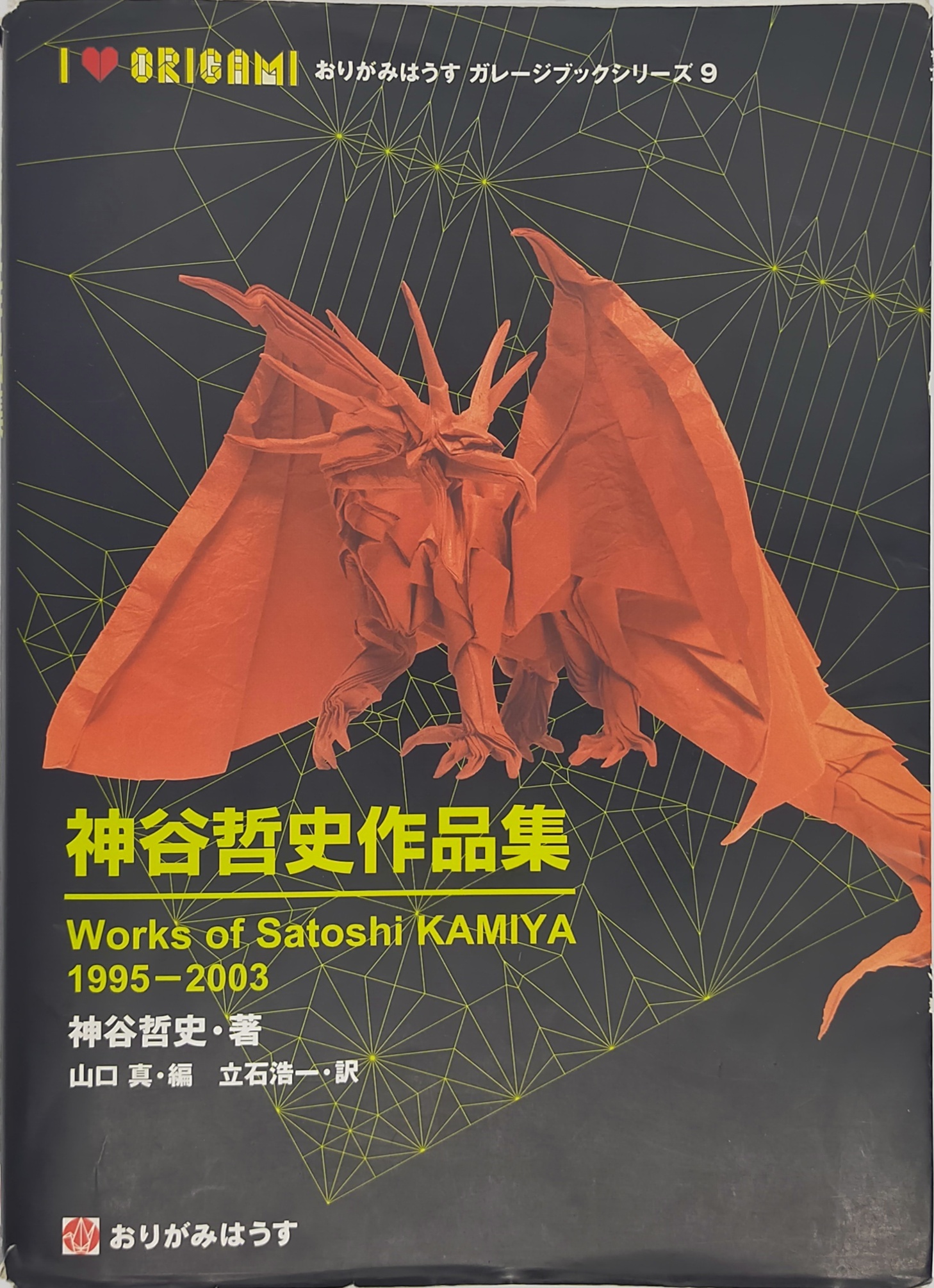
Works of Satoshi KAMIYA 1995-2003
This was my first “super complex” origami book, and it is still the one I always come back to. The designs are just so well suited to diagramming, with most having a 22.5-degree structure, allowing an elegant sequence. Each design features a short segment on the process that led to its creation, and they are arranged chronologically so you can see how one design often led to another. Some of the models include two incredible dragons, one of the best unicorns out there, a few dinosaurs and other prehistoric creatures, and an elaborate wizard. This book is iconic in the origami community and will continue to be one of the best ways to get into complex origami. Text is in Japanese and English, though the English translation is not perfect. There is an updated version of the Ancient Dragon in a new book, "Origami Dragons Premium" (see below).
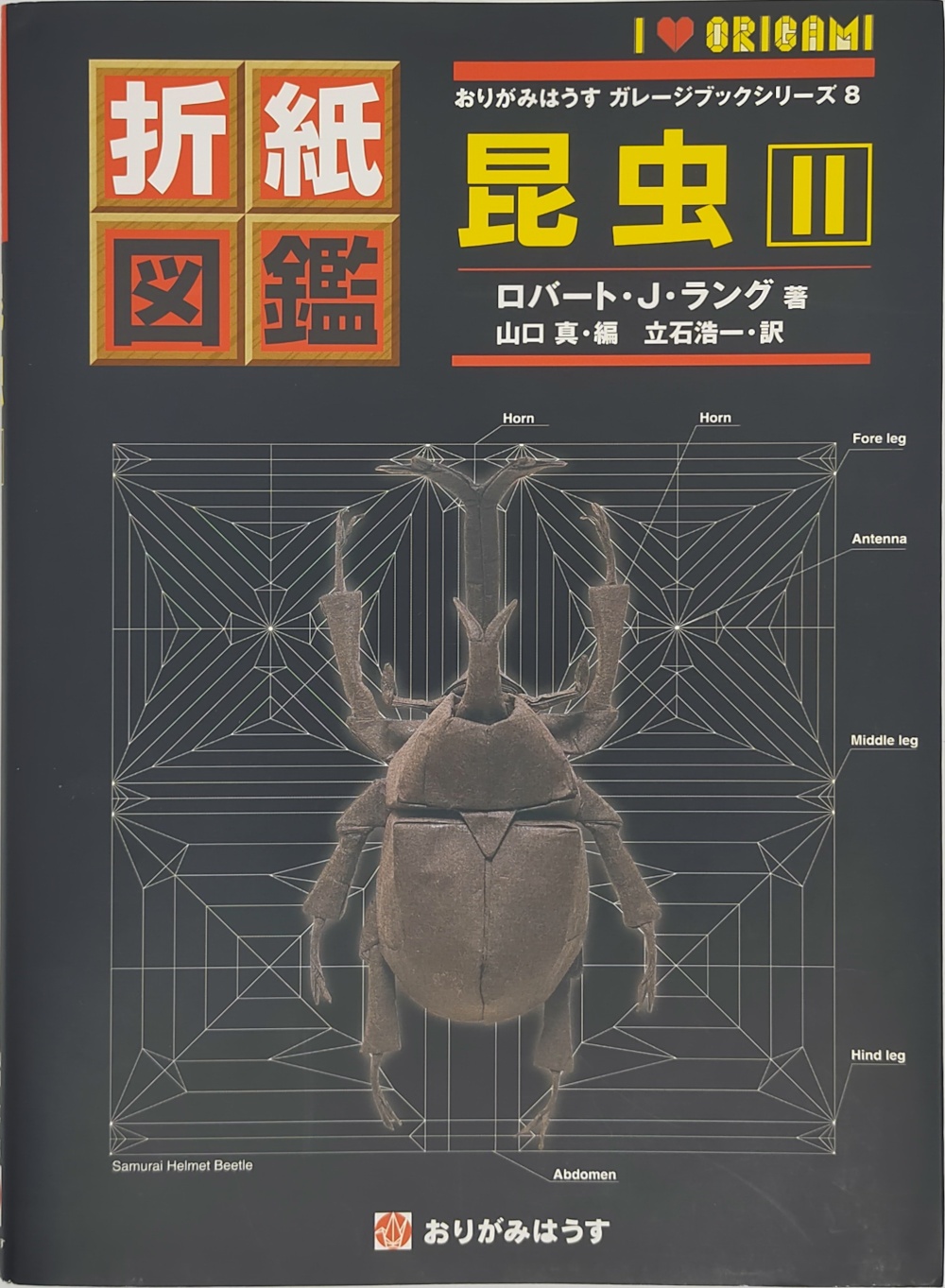
Origami Insects II
This book is the perfect introduction to the world of realistic origami insects, with models that are challenging but not outrageously so. Robert Lang is a master of getting insect proportions on point, often using a technique called circle packing with the help of his computer program, TreeMaker. This makes for some interesting (and often painful!) folding sequences where measuring may be required. For example, the scorpion in the book has legs of varying lengths, each successive pair shorter than the previous from tail end to claw end, as this is the case in real life. There’s a great diversity of designs in this book, but due to the nature of their design the sequences are not always the most enjoyable, with lots of sinking to reduce the thickness of appendages. However, it’s still a great book to have in your collection, and it’s great to see some of the things talked about in "Origami Design Secrets" (see below) come to life.
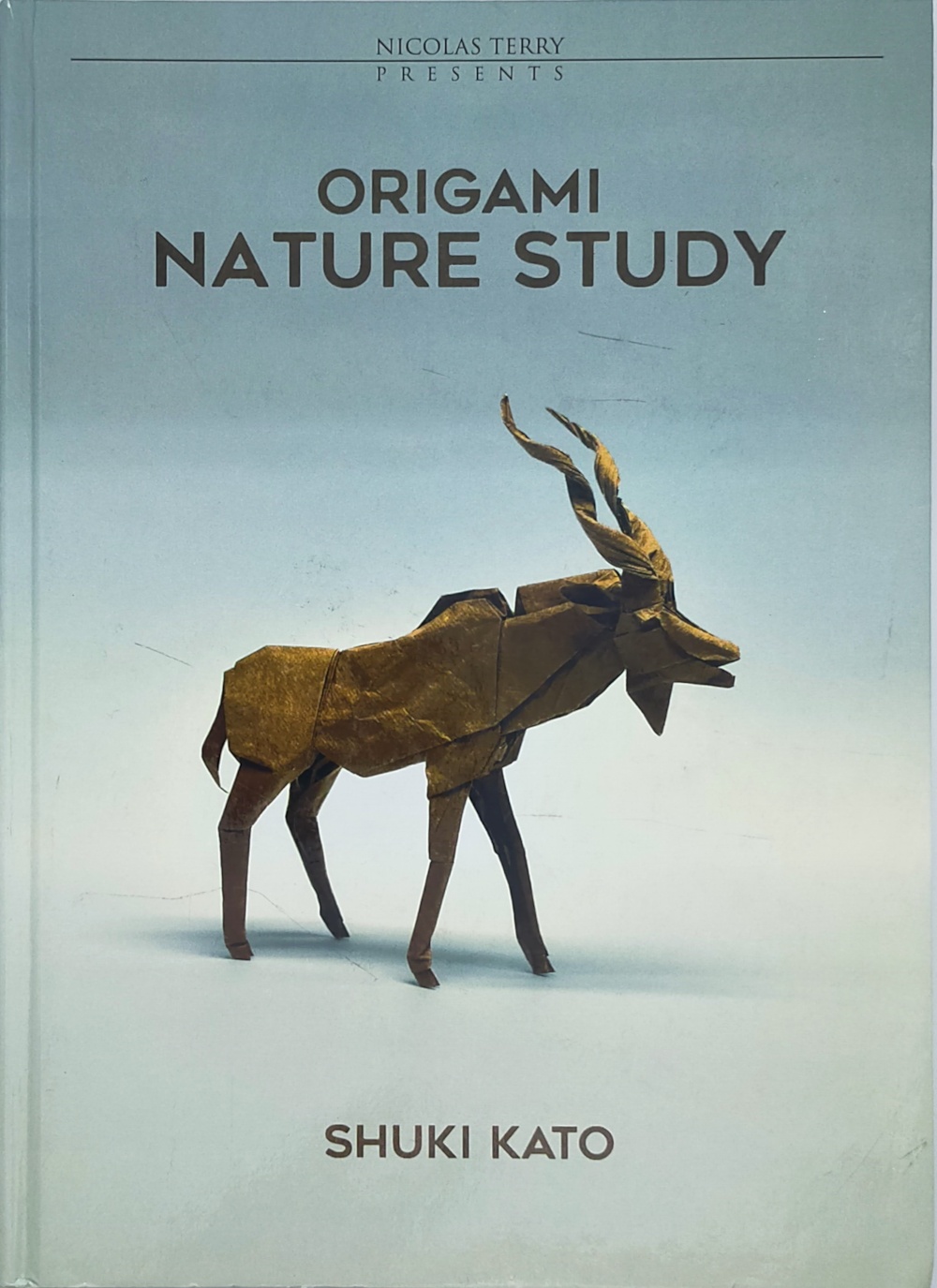
Origami Nature Study
If you’re looking for a challenge, this is the book for you! "Origami Nature Study" is probably my favourite origami book due to the incredible beauty of Shuki Kato’s models, and the satisfaction that comes when you get through those difficult steps. Most of the models are designed using Kato’s tilted grid system, which makes for some highly efficient and realistic designs that are a joy to fold once you get through the pre-creasing stage. There are also some 22.5-degree designs like the Greater Kudu, and an elaborate box-pleated dragonfly. The most challenging model is the Giganotosaurus, and this is about as hard as diagrams get. There is a particular set of sinks for the jaw that confuses me every time, and only through many trials have I been able to fold this incredible model. There is now a second edition of this wonderful book, with even clearer diagrams.
.jpg)
Origami Design Secrets (2nd Edition)
“Origami Design Secrets” is like a textbook on how to design origami, though it is anything but dry. Robert Lang is a master of origami and anyone looking to get into designing, or to improve their designing, must get their hands on this book. Lang is also an excellent writer, and he steps out the process from the absolute basics of traditional bases to the cutting-edge computerised design process of circle packing. He also touches on a myriad of other techniques, such as grafting, tiling, box-pleating, and hex-pleating, with diagrams and crease patterns that allow the reader to see these techniques in action. Even if you’re not a designer, the book is still a worthy investment with amazing designs such as the Black Forest Cuckoo Clock and Bull Moose as well as countless crease pattern challenges. I really need to read this book from cover to cover at some stage.
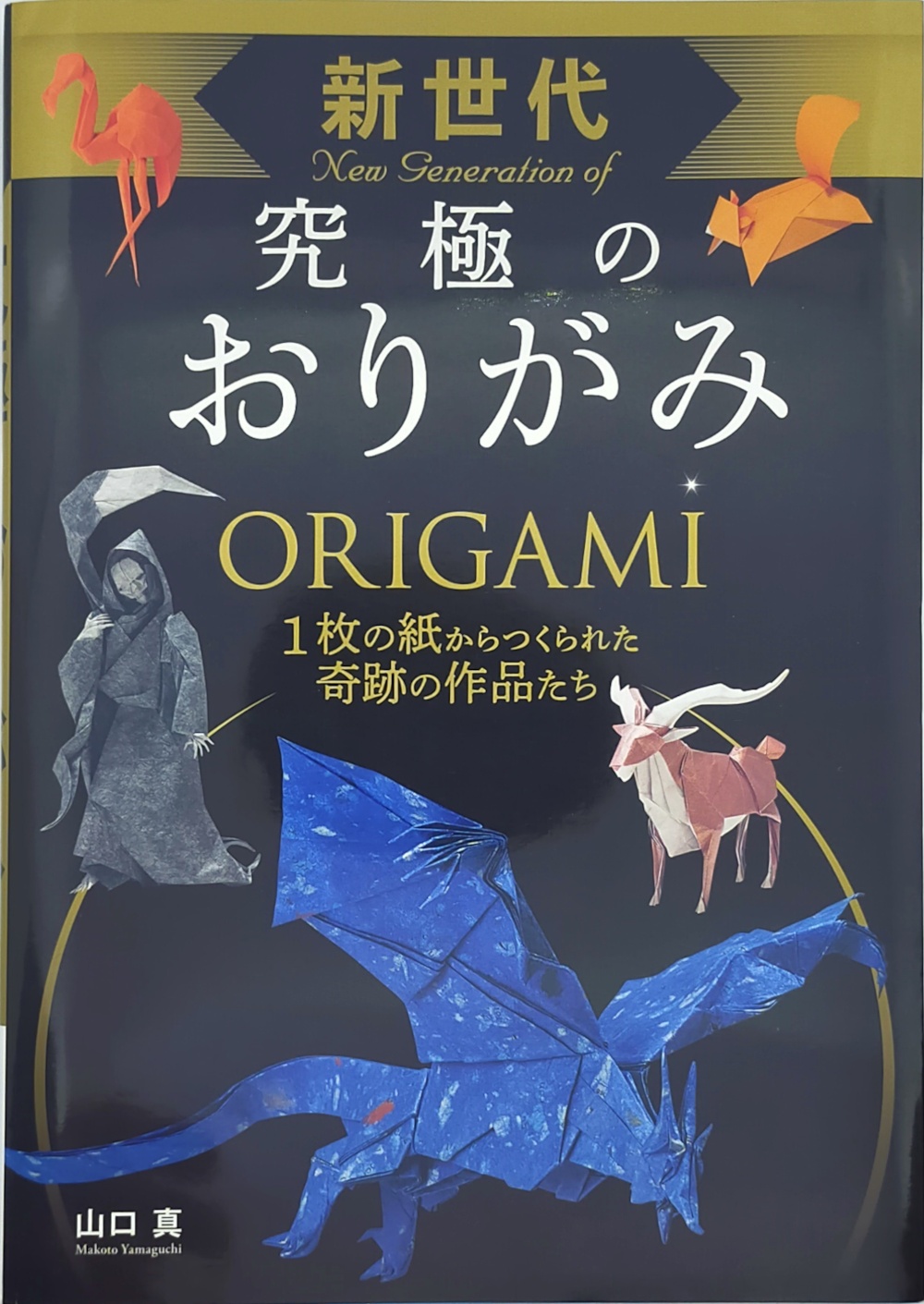
New Generation of Origami #2
Unlike most origami books, this is a collection of origami designs by all different designers, mostly relatively new to the scene (at least at the time of publication). This makes for a book with vastly different sequences and styles, making every fold interesting and unique. The book is arranged from easiest to most difficult, with a great range of levels between. Some standout models are Bodo’s Giraffe complete with spots and the iconic Grim Reaper by Chuya Miyamoto, the latter with an incredible 464 steps! The diagrams are also done in colour which is a nice change from the standard grey and white.
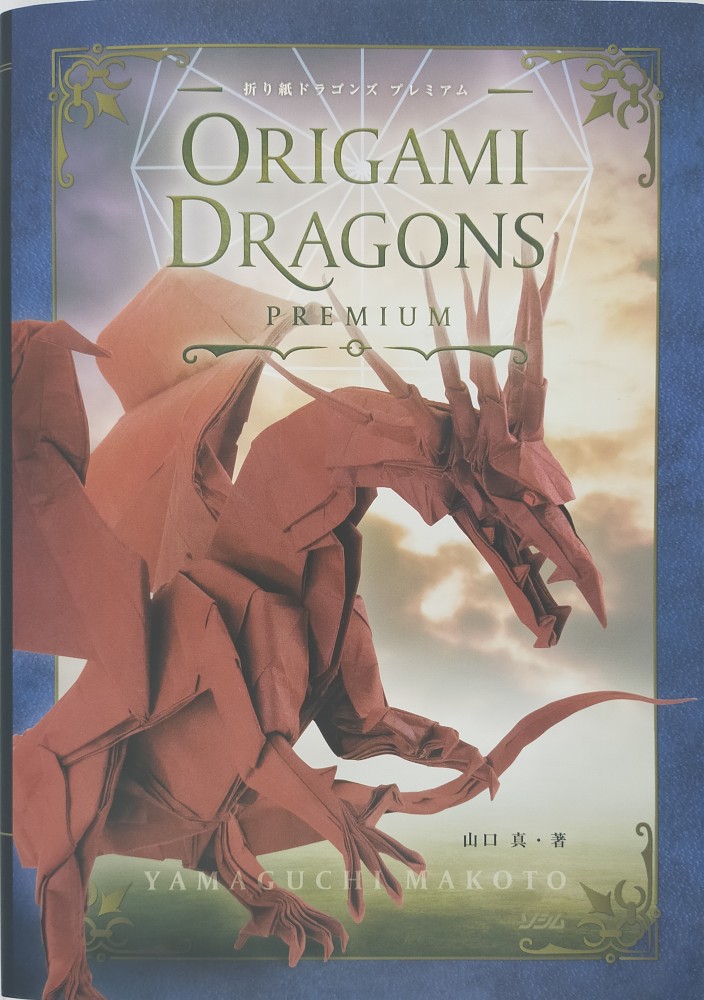
Origami Dragons Premium
Dragons are one of the most popular origami design choices, and this book is a very nice collection from a wide range of designers. It is extremely colourful and vibrant, making it a real joy to follow in combination with super clean diagrams. My main criticism is that I feel more “super complex” designs could have been included, as I mostly bought this book for the updated Ancient Dragon (with teeth), though Miyamoto’s Wyvern is another standout. As of writing there are two more books in the series, “Origami Cats and Dogs Premium” and “Origami Dinosaurs Premium”.